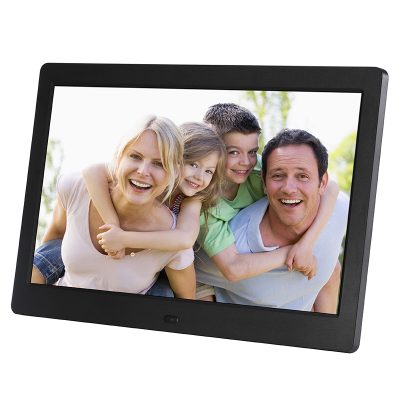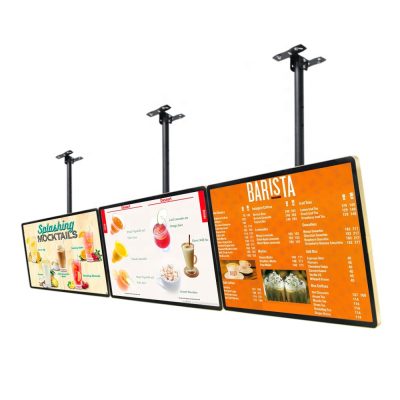The evolution of touch screen technology has been a fascinating journey, marked by significant advancements and innovations over the years. Here’s a brief overview of the key developments in touch screen technology:
- Resistive Touchscreens (1960s-1980s):
- Resistive touchscreens were among the earliest touch technologies.
- They consisted of two flexible layers with a conductive coating separated by insulating dots. When pressure was applied to the top layer, it made contact with the bottom layer, registering a touch.
- Resistive touchscreens were primarily used in industrial and scientific applications due to their durability and accuracy but had limitations in terms of sensitivity and clarity.
- Capacitive Touchscreens (Late 1970s-Present):
- Capacitive touchscreens revolutionized touch technology and are still widely used today.
- They operate on the principle of capacitive coupling. A conductive layer is placed over a glass surface, and when a finger touches it, the electrical properties of the screen change, allowing the touch to be detected.
- Capacitive touchscreens offer multi-touch support, better clarity, and are used in smartphones, tablets, and many other devices.
- Surface Acoustic Wave (SAW) Touchscreens (1980s-Present):
- SAW touchscreens use ultrasonic waves that pass over the surface of the screen.
- When a finger or an object touches the screen, it absorbs some of the acoustic energy, and this change is detected to determine the touch point.
- SAW touchscreens are known for their high image clarity and durability, making them suitable for public kiosks and industrial applications.
- Infrared (IR) Touchscreens (1980s-Present):
- Infrared touchscreens use an array of infrared sensors and emitters to detect touch.
- When an object touches the screen, it interrupts the infrared beams, allowing the system to calculate the touch point.
- These touchscreens are robust and have been used in applications like interactive whiteboards and gaming consoles.
- Projected Capacitive Touchscreens (2000s-Present):
- Projected capacitive touchscreens are an advanced form of capacitive touchscreens.
- They use a matrix of tiny capacitors to detect touch. These screens can recognize multiple simultaneous touches and provide excellent responsiveness.
- They are commonly found in smartphones, tablets, and modern laptops.
- Optical Touchscreens (2000s-Present):
- Optical touchscreens use cameras or sensors to detect touch by capturing the interruption of light beams.
- They are used in large interactive displays, such as interactive whiteboards and some public kiosks.
- Emerging Technologies (Ongoing):
- Touchscreen technology continues to evolve with the development of flexible and foldable displays, haptic feedback, and gesture recognition.
- Some companies are exploring technologies like ultrasonic and pressure-sensitive touchscreens to enhance user interaction.
The evolution of touch screen technology has been driven by the demand for more intuitive and responsive user interfaces across various industries, from consumer electronics to healthcare, education, and beyond. As technology advances further, we can expect even more innovative and immersive touch-based interfaces in the future.















